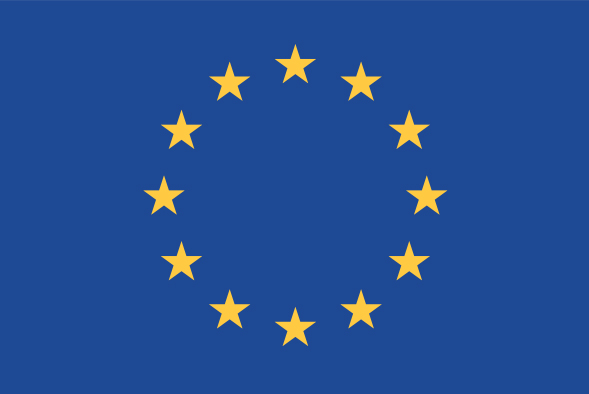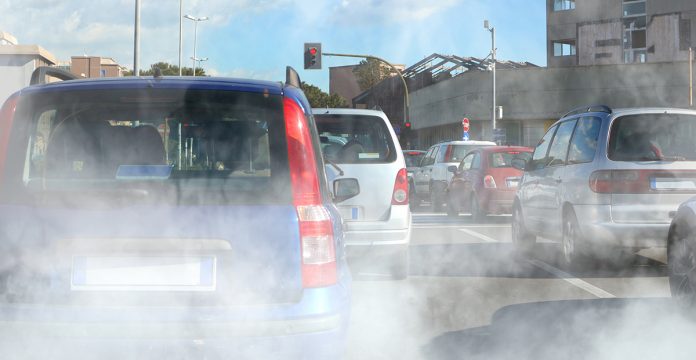Here, we learn about LIFE GySTRA and NEMO projects, which aim to create innovative solutions based on remote sensing to reduce emissions and noise from transport
Emissions and noise from transport seriously affect people’s health and environmental ecosystems require the implementation of monitoring and mitigation measures to achieve a real reduction in all transport modes. According to the EC, the fast development of technologies that facilitate connectivity of innovative sensors, both on-board and on the side of the infrastructure, could allow real-time monitoring and control of transport emissions and noise.
In this scenario, the LIFE GySTRA project came into action in 2017, proposing the creation of a global emission management system, using a newly developed remote sensing device (RSD), to identify high emitter vehicles and monitor continuously the evolution of empiric emission level in urban areas. Taking the LIFE GySTRA project as a starting point, the H2020 NEMO project was launched in 2020 to integrate the RSDs into the road infrastructure, but also taking a step forward by creating a whole turnkey solution through which new systems are integrated into existing infrastructure to empirically measure emissions and noise emitted by individual vehicles. The new measurement systems, together with the implementation of new mitigation solutions, will form a global and scalable solution to improve air quality and reduce noise impact in European cities.
LIFE GySTRA project: Main achievements
LIFE GySTRA has created a portable RSD system (named as RSD+), capable of transferring data in real time and able to measure directly NO2 emitted by vehicles, something that until now was not possible. The RSD+ measures the NO, NO2, CO, HC and particulate matter (PM) of each vehicle passing in front of it. Each unit deployed on the road transfers the data in real-time to a data hub where high-emitting vehicles are identified.
For road traffic emissions, LIFE GySTRA has demonstrated after monitoring near 1 million vehicles, that few vehicles pollute a lot (i.e. 5% of the city fleet may contribute up to 60% of total PM and NOx from road traffic). This means that finding “High-Emitters”, limiting their circulation and promoting better maintenance of the overall fleet will cover most of the EC required reduction in emissions. Also, it was observed that when comparing the emissions of passenger cars to their homologation limits (Euro Standard), average emissions of these vehicles consistently exceed the Euro Standard type-approval limits. This is why mobility policies cannot be based on Euro Standards but on actual measurements.
For the RSD+ to be a useful tool for the authorities, they need to be able to access the measurements easily and immediately. LIFE GySTRA has created for a cloud platform that receives the data from all RSD+ units that are deployed on the roads in real time. This allows the information to be processed continuously to identify highly polluting vehicles. The platform also reports the status of each RSD+ and each unit can be accessed remotely. The user can even visualise each vehicle being measured in real-time. This new digital platform delivers dynamic web reports and can be accessed from any authorised device with an availability 24/7.
The proposed video illustrates the concept of the LIFE GySTRA project. The final aim of the LIFE GySTRA project is to create a new sustainable mobility policy based on empirical information on road traffic emissions, and this goal is close to being achieved.
NEMO project: The road ahead
Current applications of different mobile systems and measurement methodologies in transport management make the comparison of data rather difficult. According to the EC, the development of harmonised measurement methodologies will increase the reliability of collected data and the credibility of the consequent awareness/mitigation procedures. Systems embedded in the transport infrastructure can help in identifying vehicles not respecting prescribed limits. This approach would either allow the operator to be informed swiftly of the environmental deficiencies of the vehicle or would enable authorities to identify and prevent polluting vehicles from entering, hindering their access to specified low-emission zones, thus mitigating the effects of the non-respect of tolerance limits. Furthermore, and also according to the EC, the integration into the infrastructure of absorbing materials and the utilisation of negative-emissions solutions can also contribute to the reduction of the negative effects of exhaust emissions, microplastics from tyres and noise.
To meet the requirements of the EC, the NEMO project seeks to create the most advanced and purely European solution to reduce emissions and noise from transport, by empirically measuring individual vehicles to apply personalised tariffs to the most emitting vehicles or preventing their access to sensitive zones. The whole NEMO concept is focused on the development (hardware, infrastructure and software) of a reliable novel Remote Sensing system to measure traffic emissions and noise. The system will be integrated into the existing road, rail, maritime and IT infrastructures to make it standardised, more user-friendly and able to operate continuously without human supervision for continuous monitoring.
Although currently in its early stages, the NEMO project is on the way to provide a holistic solution to identify high emitters in real-time and novel technologies to simultaneously reduce noise and emissions in transport systems.
Authors: D. Hidalgo (LIFE GySTRA and NEMO projects coordinator) and S. Sanz-Bedate, CARTIF.
More info:
LIFE GySTRA: lifegystra.eu/en/
NEMO: nemo-cities.eu/
NEMO (no. 860441) and LIFE GySTRA (no. 000082) have received funding from the
European Union’s HORIZON 2020 Research Programme and LIFE Programme, respectively.
Please note: This is a commercial profile











